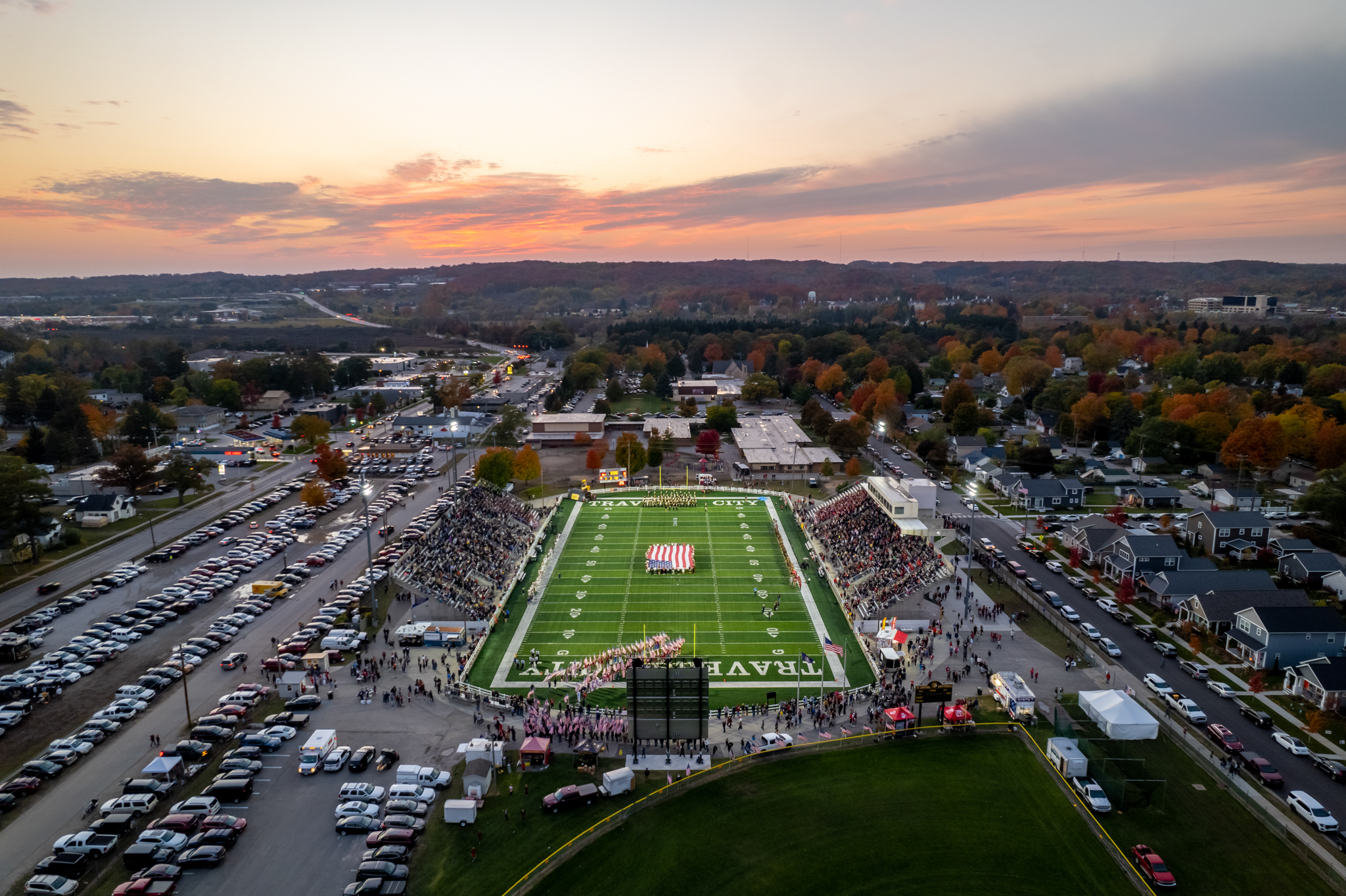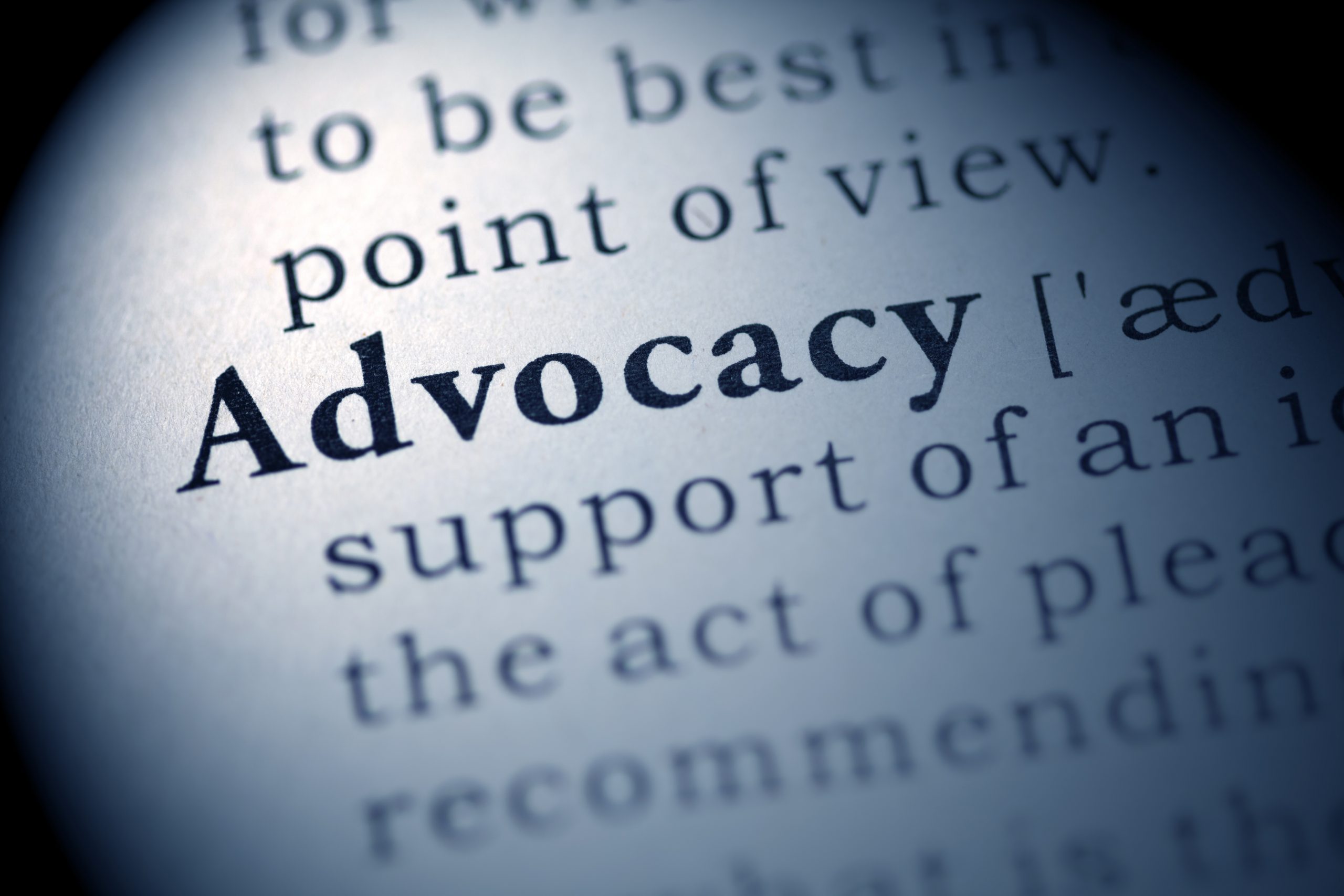On Thursday, May 21 Governor Whitmer announced additional business re-openings under the revised “Safer at Home” Executive Order 2020-96. This follows the Monday announcement of the first phase of reopening by retail businesses, restaurants, and bars in the northern Lower Peninsula and Upper Peninsula, specified as Michigan Economic Recovery Council reporting regions 6 and 8. These regions include all of the UP and much of the northern Lower Peninsula. These businesses may reopen Friday, May 22. The second announcement this week added statewide retail businesses and auto dealerships by appointment starting on Tuesday, May 26. The governor’s executive order also lifts the requirement that health care providers delay some nonessential medical, dental, and veterinary procedures statewide beginning on Friday, May 29.
The revised “Safer at Home” order does not permit the reopening of other places of public accommodation that have been closed pursuant to Executive Order 2020-69 (e.g., salons, theaters, libraries, etc.). Further, the order does not allow for statewide travel outside of the limited exemptions included under section 8, such as traveling between two residences.
The Governor also reissued Executive Order 2020-97, which contains the safety precautions businesses must follow. Under order 2020-97, businesses that resume in-person work must, among other things, develop a COVID-19 preparedness and response plan and make it available to employees and customers by June 1 or within two weeks of resuming in-person activities, whichever is later. They must also, among other things, provide COVID-19 training to workers that covers, at a minimum, workplace infection-control practices, the proper use of PPE, steps workers must take to notify the business or operation of any symptoms of COVID-19 or a suspected or confirmed diagnosis of COVID-19, and how to report unsafe working conditions. Screening, social distancing, prevention, and cleaning requirements for all businesses are detailed in the order. Industries then have special requirements that must be followed in addition to these requirements.
COVID-19 Preparedness & Response Plan
By June 1, 2020, or within two weeks of resuming in-person activities, whichever is later, a business’s or operation’s must have a COVID-19 Preparedness & Response Plan and make that plan available to employees, labor unions, and customers, whether via website, internal network, or by hard copy. This plan does not need to be submitted to the state.
The plan must be consistent with recommendations in Guidance on Preparing Workplaces for COVID-19, developed by the Occupational Health and Safety Administration and available here. The Michigan Dept. of Labor and Economic Opportunity has issued workplace guidelines for employers that include information on this plan. The Michigan Chamber has templates under “HR Resources” here.
Businesses must also designate one or more worksite supervisors to implement, monitor, and report on the COVID-19 control strategies included in the COVID-19 Preparedness & Response Plan. The supervisor must remain on-site at all times when employees are present on site. An on-site employee may be designated to perform the supervisory role.
Under section 10, employers must also maintain a record of the COVID-19 training provided to employees (section 1(c)), the daily screening protocol (section 1(d)), and the notification process after identifying an employee with a confirmed case of COVID-19 (section 1(k)).
COVID-19 Training for Workers
Training must be provided to employees that covers, at a minimum:
- Workplace infection-control practices.
- The proper use of personal protective equipment.
- Steps the employee must take to notify the business or operation of any
symptoms of COVID-19 or a suspected or confirmed diagnosis of COVID-19. - How to report unsafe working conditions.
Screening, Social Distancing, Prevention & Cleaning Measures
Businesses must also:
- Conduct a daily entry self-screening protocol for all employees or contractors entering the workplace, including, at a minimum, a questionnaire covering symptoms and suspected or confirmed exposure to people with possible COVID-19.
- Keep everyone on the worksite premises at least six feet from one another to the maximum extent possible, including through the use of ground markings, signs, and physical barriers, as appropriate to the worksite.
- Provide non-medical grade face coverings to their employees, with supplies of N95 masks and surgical masks reserved, for now, for health care professionals, first responders (e.g., police officers, fire fighters, paramedics), and other critical workers.
- Require face coverings to be worn when employees cannot consistently maintain six feet of separation from other individuals in the workplace, and consider face shields when employees cannot consistently maintain three feet of separation from other individuals in the workplace.
- Increase facility cleaning and disinfection to limit exposure to COVID-19, especially on high-touch surfaces (e.g., door handles), paying special attention to parts, products, and shared equipment (e.g., tools, machinery, vehicles).
- Adopt protocols to clean and disinfect the facility in the event of a positive COVID-19 case in the workplace.
- Make cleaning supplies available to employees upon entry and at the worksite and provide time for employees to wash hands frequently or to use hand sanitizer.
- When an employee is identified with a confirmed case of COVID-19, within 24 hours, notify both:
- The local public health department, and
- Any co-workers, contractors, or suppliers who may have come into contact with the person with a confirmed case of COVID-19.
- An employer will allow employees with a confirmed or suspected case of COVID-19 to return to the workplace only after they are no longer infectious according to the latest guidelines from the Centers for Disease Control and Prevention (“CDC”).
- Follow Executive Order 2020-36, and any executive orders that follow it, that prohibit discharging, disciplining, or otherwise retaliating against employees who stay home or who leave work when they are at particular risk of infecting others with COVID-19.
- Establish a response plan for dealing with a confirmed infection in the workplace, including protocols for sending employees home and for temporary closures of all or part of the worksite to allow for deep cleaning.
- Restrict business-related travel for employees to essential travel only.
- Encourage employees to use personal protective equipment and hand sanitizer on public transportation.
- Promote remote work to the fullest extent possible.
- Adopt any additional infection-control measures that are reasonable in light of the work performed at the worksite and the rate of infection in the surrounding community.
Industry-Specific Guidelines
The order then provides guidelines specific to each industry. Retail must pay special attention to section 6 (Requirements for retail stores that are open) and restaurants and bars to section 8 (Requirements for restaurants and bars). The Michigan Dept. Labor and Economic Opportunity has industry best practices on their website, including such for restaurants.
Additional Resources
Some additional resources that may be helpful are listed below:
- The most current “Safer at Home” Executive Order
- Food-selling establishments & pharmacies
- Safety precautions that must be followed
- Guidance on Preparing Workplaces for COVID-19, developed by the Occupational Health and Safety Administration.
- Michigan Chamber COVID-19 Preparedness & Response Plan resource
- Further clarity for critical infrastructure workers is included in the U.S. Cybersecurity and Infrastructure Security Agency guidance (note the “Safer at Home” order does not adopt any subsequent guidance document released by this same agency)
- The Attorney General’s website dedicated to coronavirus, including employee rights and employer obligations
The contents of this web page are made available to you for informational purposes only and should not be construed as legal, financial, or medical advice on any matter. This material may not reflect the most current COVID-19 developments and is subject to revision. In no event will Traverse Connect be liable for any decisions made or action taken in relation upon the information provided through this document.




